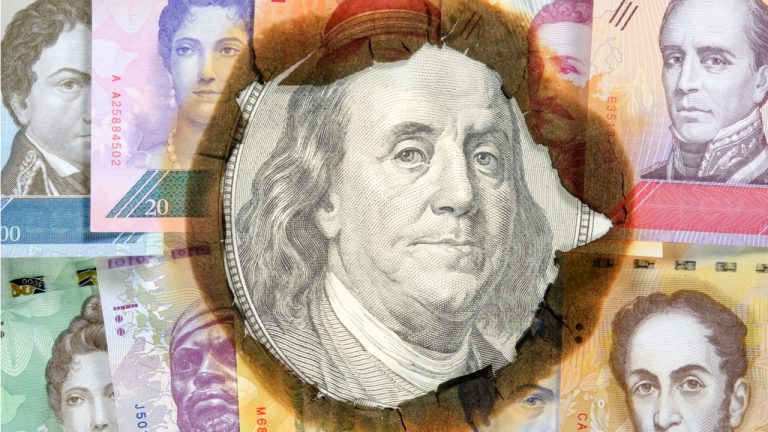
Following the FTX fiasco, retail and institutional investors alike are now looking to draw valuable conclusions.
The FTX bankruptcy has sent the crypto space into a downward spiral, and the crypto space is still buzzing to get all the details that led to this situation. Numerous reports have popped up, and the bankruptcy hearings bring new information daily. Considering the extent of FTX’s involvement in the global crypto space now is the time to take a hard look at what happened and draw some valuable lessons.
One thing is very clear from the start - what brought the exchange giant down was overallocation in low-liquidity tokens, mainly its own FTT cryptocurrency. While FTX specifically could get away with having tonnes of FTT on its balance sheets, sister company Alameda Research couldn’t get off the hook so easily.
On the one hand, it was extremely suspicious that the two companies had such close ties, which was often questioned in the media and across the general crypto grapevine. On the other, Alameda’s asset quality score was declining, as alleged by an Orthogonal Credit due diligence report compiled all the way back in early 2022.
And it turned out that this was precisely the case - Alameda was over-exposed to FTT, and when a sell-off was triggered on November 5th, both the trading company and FTX felt the heat.
The ripple effect
Alameda and FTX made the fatal error of putting too much trust and value toward the exchange’s native token, FTT. In a critical turn of events, this over-exposure led to the crash of both companies and a slew of other businesses that had assets locked on FTX. The ripple effect is strong in crypto, especially when a market giant like FTX crashes.
Take BlockFi, for example. This is one of the largest crypto lenders in the space, which has now also filed for bankruptcy as it loaned FTX $400 million in June this year. FTX once saved BlockFi, but this also turned out to be the reason behind the lender’s demise.
Another big name in the space that faces significant difficulty following the crash is the institutional trading platform Genesis Trading. The financial services provider has upwards of $170 million of assets stuck on FTX, making operations virtually impossible.
Unfortunately, one company’s liquidity problems led to a much larger crisis across the whole space. And we’re not even mentioning the thousands of retail investors who were affected by the FTX crash.
How to avoid a future FTX scenario?
There is a tight balance between maintaining a varied exchange offering and keeping a solid balance sheet. But when it comes to storing company assets, it is essential to stick to high-liquidity tokens.
FTX put too much towards its native token FTT, but that’s understandable. What made the situation worse was that the exchange had many other illiquid or low-liquidity tokens in its reserves. And when the time came to cover the falling price of FTT, FTX couldn’t offload its low-liquidity holdings. So the main lesson for exchanges following the FTX crash is to bank on liquidity.
And when it comes to traders, research is a must. Whether you are an active trader or simply want to invest from time to time, it is important to DYOR. Find an exchange that is open and transparent about its balance sheet and has holdings in predominantly highly liquid assets. When it comes to other crypto financial services, the same rule applies. Do your research and figure out how crypto companies manage their funds, for example. Trustworthy financial services providers will strive to offer that information to their customers.
A positive example
One platform that has put a significant focus on maintaining a steady flow of high liquidity assets is HEXN.io. The crypto lending platform ensures that high-trading activity crypto like BTC and ETH is a major part of its portfolio. What’s more, the platform actively monitors the liquidity of assets on its balance sheet and that of counterparties involved with its services. This doesn’t hinder HEXN’s offering for customers but ensures that the platform and investor capital are as protected as possible from an FTX scenario in the future.

HEXN’s future plans focus on introducing a wave of new products, including a smart exchange function, which will also be governed by the same principles. Banking on liquidity and ensuring the safety of customer assets will play a key part in the platform’s future development.
Importantly, HEXN also performs tight due diligence research on its potential partners, avoiding companies that are over-exposed to low liquidity assets. In order to further build trust with its users, the crypto lending platform performs regular information releases regarding its current balances and positions, making it easy for investors to track what assets are part of HEXN’s balance sheet.
Of course, the crypto space is vast, and there are numerous service providers that adhere to these principles. Unfortunately, FTX was not one of them. Still, there is a valuable lesson to be learned. Hopefully, traders and businesses alike will take note of the events that took place in the past couple of weeks for the better of the whole crypto industry - liquidity is king in crypto, and there is no escaping over-exposure.
Disclaimer. Cointelegraph does not endorse any content or product on this page. While we aim at providing you with all important information that we could obtain, readers should do their own research before taking any actions related to the company and carry full responsibility for their decisions, nor can this article be considered as investment advice.











